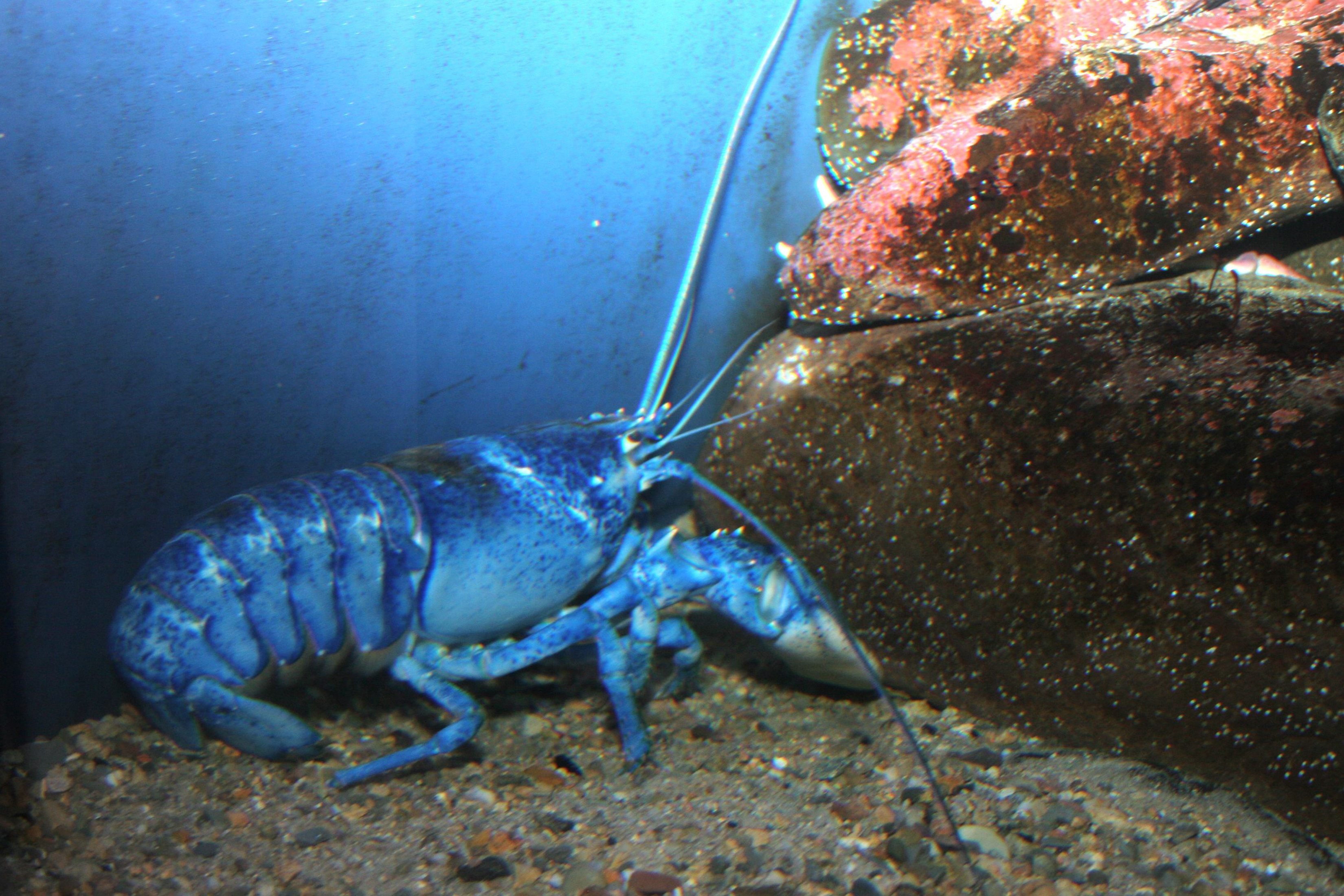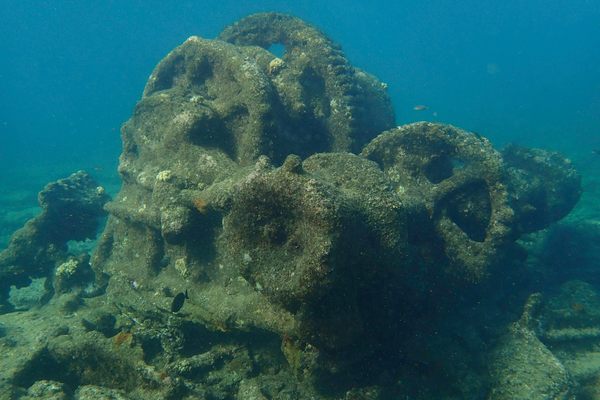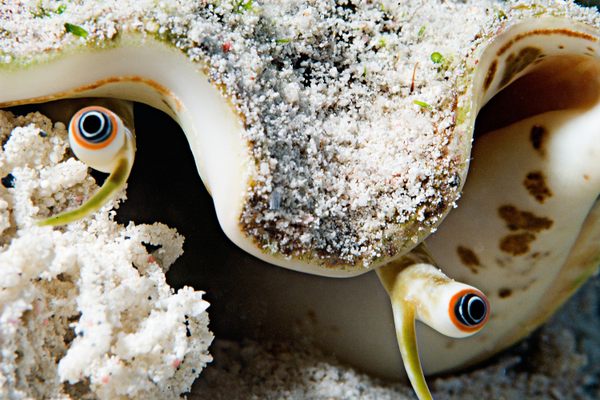How Did a Lobster Get a Pepsi Logo on Its Claw?
A satisfying explanation is elusive.
Last Tuesday, Karissa Lindstrand, a lobster fisher based in New Brunswick, Canada, was looking over a lobster being loaded into a crate when she noticed something unusual. It was unmistakable: the blue and red logo of Pepsi-Cola.
“I was like: ‘Oh, that’s a Pepsi can,’” she told The Guardian. A closer look revealed that it wasn’t a piece of trash, but was actually somehow imprinted on one of the crustacean’s banded claws. “It looked like it was a print put right on the lobster claw.”
No one aboard lobster boat Honour Bound had seen anything like it. After a quick photo session, the strangely tattooed lobster was sold along with the rest of the catch, and is probably in Boston by now.
But the mystery of the soda tattoo lingers. Lindstrand, who reportedly drinks as many as 12 cans of Pepsi a day, reached out to the local soda delivery guy for an explanation. One early theory was that the lobster may have grown or spent time inside an actual Pepsi can that as somehow incorporated into its exoskeleton, but Lindstrand says the image she saw was pixelated, so it couldn’t have come directly from a can. “I can’t say how he got it on,” she told CBC Canada. “It seemed more like a tattoo or a drawing on the lobster rather than something growing into it.”

This theory doesn’t seem to hold water with experts either. “The paint is on the outside of a can or other package, so being inside it doesn’t really explain it,” says Roland Geyer, an industrial ecologist at the University of California, Santa Barbara, and an expert on plastic pollution in the ocean.
An alternate theory posits that the printing on a paper Pepsi box somehow got stuck on the lobster. But Lindstrand is not convinced of this either, as logos on Pepsi boxes are much bigger than what she saw, and such a paper item would not have lasted long in the ocean.
Lobster expert Carla Guenther, of the Maine Center for Coastal Fisheries, a marine conservation organization, says that this is a new one for her, too. “We have seen plastic in the stomachs of fish and even prawns and shrimps. But this is probably the first time we see man-made materials attached to the shell of a crustacean like that.”
Geyer’s best guess is that paint from a can, box, bottle, or label that is somehow acting like a child’s temporary tattoo. “Perhaps the paint layer, maybe with a very thin polymer/glue layer,” he says, “detached itself from the branded item and attached itself onto the claw.”













Follow us on Twitter to get the latest on the world's hidden wonders.
Like us on Facebook to get the latest on the world's hidden wonders.
Follow us on Twitter Like us on Facebook